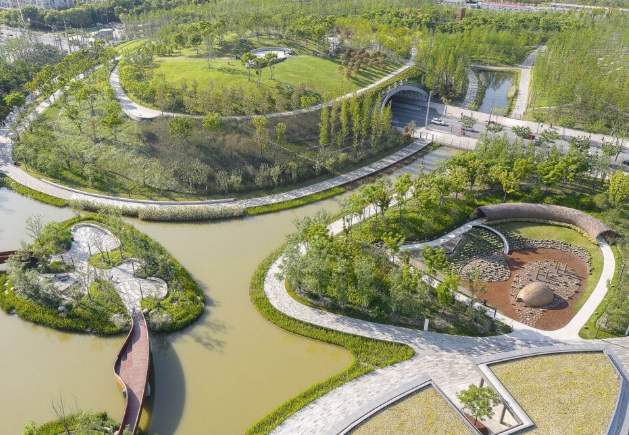Exploring the World of Chinese Landscape Architects
As urban spaces expand and nature becomes increasingly vital to our well-being, the role of landscape architects has never been more important. In China, a nation rich in history and cultural significance, landscape architects are blending traditional elements with modern design to create harmonious environments. This article delves into the contributions of Chinese landscape architects, their innovative practices, and their influence on global landscape architecture.
The Fusion of Tradition and Modernity
Chinese landscape architecture is deeply rooted in traditional philosophies, particularly those derived from Confucianism, Taoism, and Buddhism. These ideologies emphasize the importance of harmony between humans and their environment. Many contemporary Chinese landscape architects are rejuvenating ancient designs while incorporating modern techniques. For instance, projects often feature classic elements like rock formations, flowing water, and plant species native to China, blended with modern functionality. This fusion not only preserves cultural heritage but also addresses current urban challenges, making spaces more sustainable and enjoyable for residents.
Innovative Approaches to Urban Challenges
Chinese landscape architects are at the forefront of tackling urbanization issues, such as air pollution, limited green space, and climate resilience. Their designs often prioritize eco-friendly practices and sustainable materials, helping cities mitigate environmental impacts. For example, the creation of green roofs, vertical gardens, and extensive urban parks allows cities to reduce carbon footprints while offering citizens much-needed access to nature. By integrating technology and environmental science into their designs, these architects are paving the way for healthier and more balanced urban living.
Global Influence and Collaboration
Chinese landscape architects are increasingly gaining recognition on the international stage, sharing their expertise through various collaborations and projects around the world. Their unique perspectives on blending aesthetics with functionality resonate well beyond China’s borders. As they work with global teams, these professionals contribute fresh ideas and practices that challenge conventional landscaping approaches. This international dialogue leads to innovative solutions for urban challenges faced globally, promoting a more interconnected approach to landscape design.
Conclusion
Chinese landscape architects are not just shaping local environments; they are influencing the global landscape architecture scene with their creative and sustainable practices. By blending tradition with modernity and addressing urban challenges, they are setting a benchmark for future generations. Whether you’re a budding architect or simply interested in the field, exploring the works of these professionals can offer valuable insights into creating harmonious living spaces. Dive deeper into the world of landscape architecture, and discover how it can transform communities for the better.

